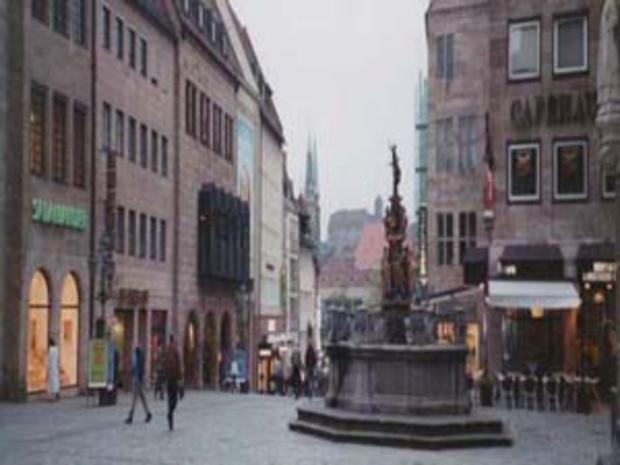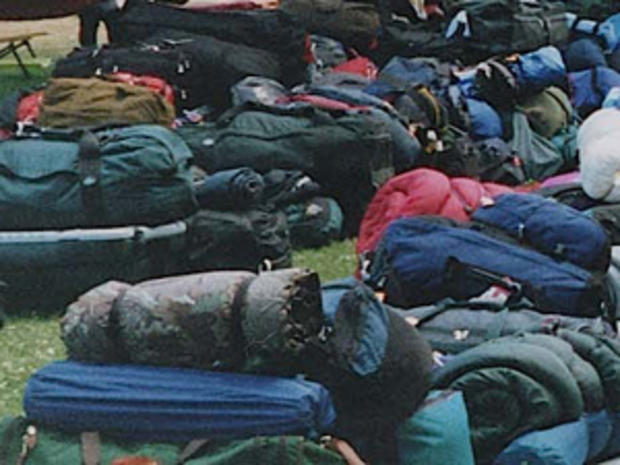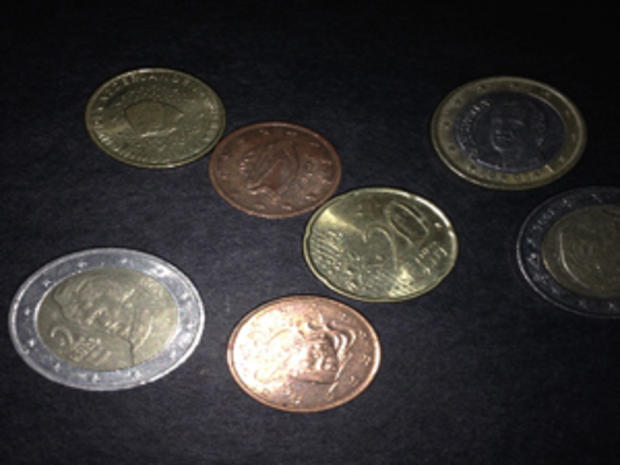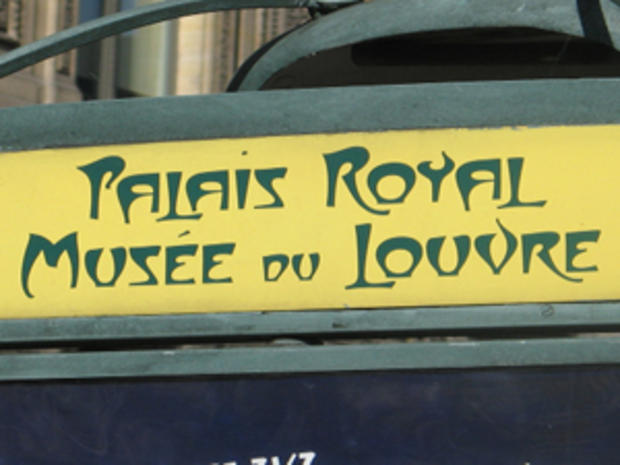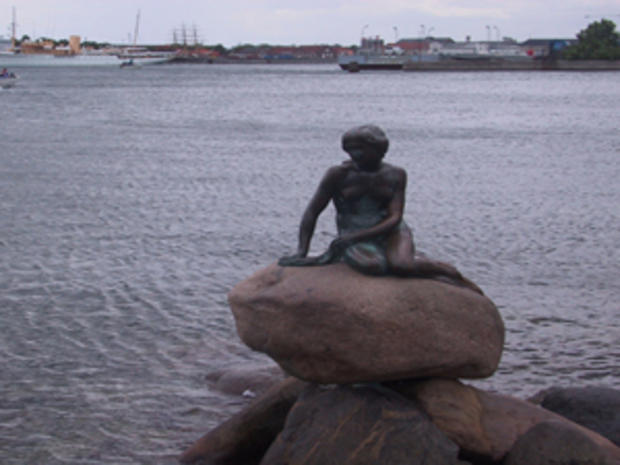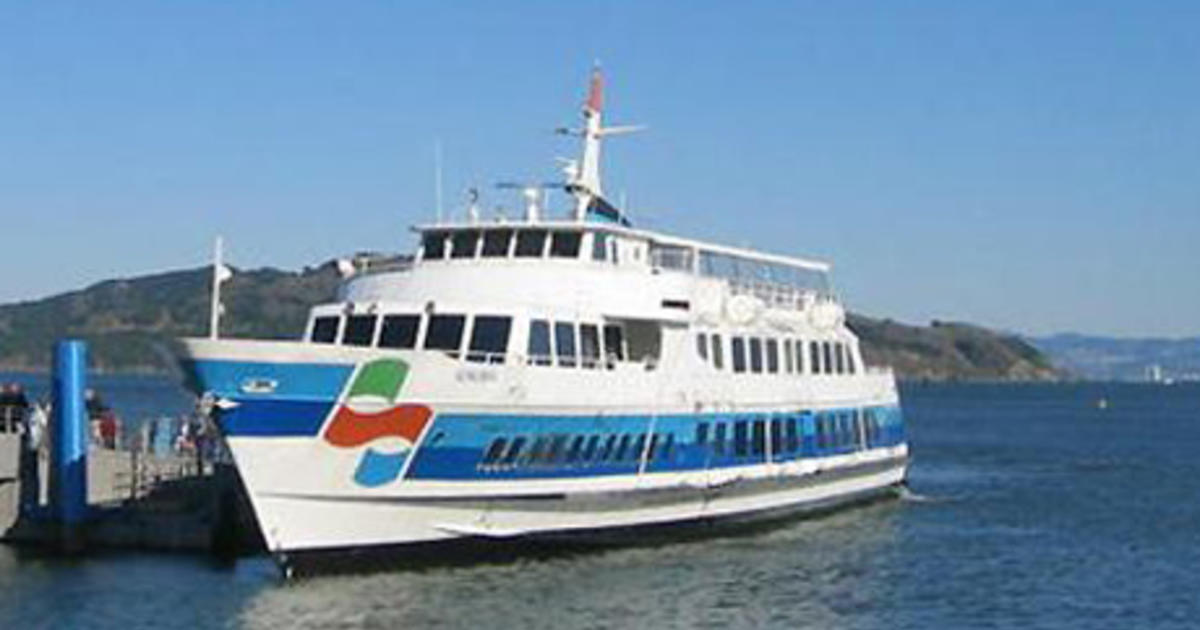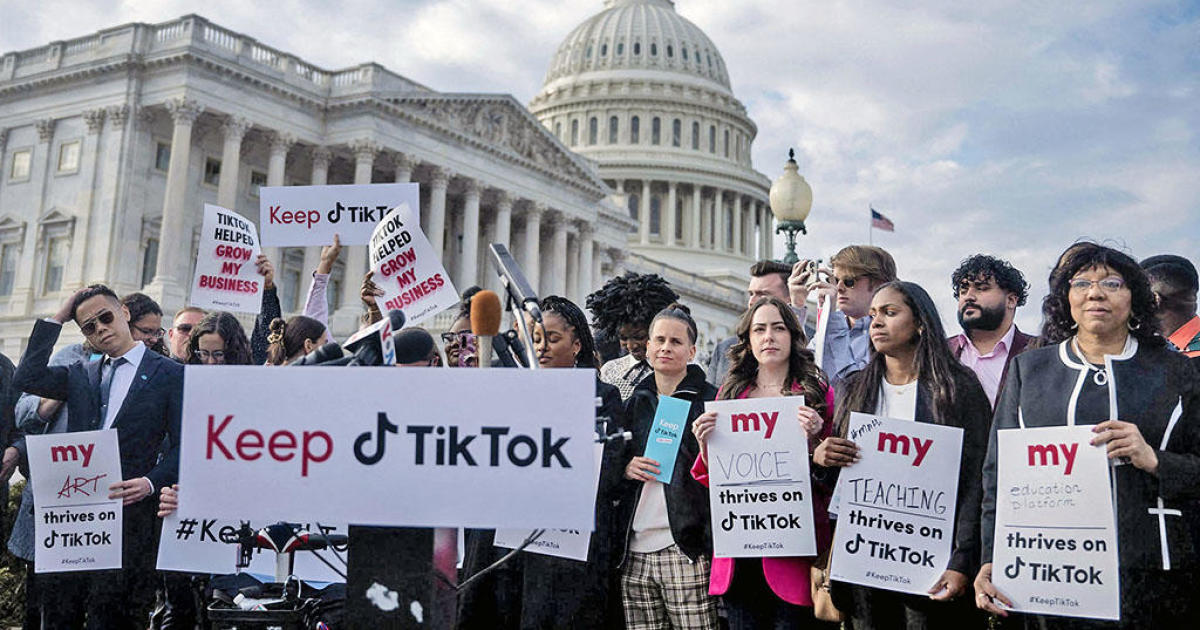How To Save Money On A Trip To Europe
 (credit: Thinkstock)
(credit: Thinkstock)
Despite rising costs in airfare and the value of the dollar still low versus the Euro, a trip to Europe can still be enjoyed without breaking the bank. By picking the right time to fly during the right time of the year, travelers can save hundreds of dollars on airfare and lodging. Moreover, the right time of year may even help with visiting famous landmarks, since smaller crowds will make it easier to get from one point to another. For people thinking a European vacation is out of the question, here are a few tips to help make that dream a reality and perhaps into one of the best trips ever.
Prepare a Budget
Regardless of the type of traveler, e.g. solo, couples, groups, part of the pre-planning process is determining how much money is allowed for expenses on a daily basis. Each member of the party should be able to stay within an agreed amount, which typically includes travel, food and entertainment. Booking the trip well in advance can offer travelers a better range of flights and lodging. Another good reason to prepare a budget is that it can potentially avoid unnecessary problems in case of an emergency.
Consumers have the potential to save quite a bit of money by making price comparisons on reputable discount travel sites. Among the best sites to explore for travel packages are Kayak, Expedia, Orbitz, Priceline and Hotwire, but it really comes down to individual preference. Travel apps can also help save money, with Expedia and Orbitz offering a $25 off mobile coupon. Consumers may also save money by purchasing a travel package on a particular day, with the general consensus amongst experts on a Tuesday or Wednesday. Lastly, it may not be as convenient, but trips requiring a connecting flight will be cheaper than nonstop flights.
Travel in the Offseason
This should be fairly obvious but trip planners will see a nice reduction in cost by traveling to Europe during the offseason. Just as in America when students are back in school, the offseason in Europe is generally from October through April, with the exception of the holidays. Still it's also to important to plan ahead for possible inclement weather, especially in popular destinations such as England, France and Germany, where the average high dips about 10 degrees between September and October. Of course, the tradeoff is smaller crowds with cooler temperatures.
Saving on Lodging
Aside from transportation and dining costs, overnight lodging can be expensive in many parts of Europe. This is particularly true when taking into consideration the currency rate between the dollar and the Euro (more on this later). Good ways to save on lodging are to book a budget hotel, hostel or reserve a spot at one of the thousands of campsites across Europe. But before settling on lodging, travelers can greatly benefit from online review sites like Yelp and Trip Advisor to avoid a major disappointment after checking in.
Know the Currency Rate
Currently, one American dollar is equivalent to about .74 Euro or conversely, one Euro is $1.34. In larger terms, 100 Euros are $134 and 500 Euros are $670. Over the past year, the Euro conversion to the dollar has fluctuated between a low of $1.31 to a high of $1.39. Travelers must also know in advance where the best places are for money exchanges. The best options are at banks and ATM machines, although certain precautions must be made at the latter, especially at night. The worst option is to exchange money at the exchange booths that are typically found on major streets and tourist spots. Travelers can keep track of the exchange rate by using an online currency site such as XE or download the app, available for iPhones, Androids, Blackberries, Windows and other operating systems. One last important tip - while visually inspecting a coin is an obvious sign of a tourist, it's helpful to be able to identify values of Euro coins and bills when making purchases or currency exchanges.
Saving on Dining
It's always cheaper to prepare meals at the lodging of choice instead of dining out. And in many cases, it can also be much healthier. Savvy travelers will know where grocery stores can be found either by searching online or asking for information. Google Maps is an excellent way to locate grocery stores throughout Europe. As an example, while in Google Maps, type in Paris, France grocery stores and see the vast selection of choices. The larger, more established stores will be indicated by a white shopping cart with a red background and by clicking on the symbol, will provide the address, contact information and in many cases, a website. Because of the rate of currency conversion, dining out may not be practical. However, it might be nice to explore a family-owned restaurant for a true European dining experience.
Take Public Transportation
For travelers truly hoping to save money while visiting Europe, public transportation is practically essential, particularly in major cities like London, Paris and Rome. Moreover, transit schedules are fairly straightforward to understand and it would be unusual not to see a timetable written in English. Subway systems are easily the most efficient way to get around major cities and typically offer trains every five or 10 minutes. Travelers can purchase fare at ticket booths and machines found at major stations or in many instances, online. A ParisVisite pass valid for one, two, three or five consecutive days is a perfect example of saving on transportation when a traveler wants to visit many sites in the city. While purchasing passes from a ticket agent generally does not pose a problem, it's absolutely important to make sure the correct change is given out.
Saving While Visiting Multiple Cities/Countries
If visiting more than one city in a country or visiting multiple countries, taking the train remains a reliable and inexpensive way to travel. Taking a bus is another option and becoming more popular, but European trains are much faster and very efficient, typically arriving and departing on time. The best option for the budget train traveler is to ride in second class and thankfully for most travelers, smoking is no longer permitted in most European countries. Travelers have a number of choices in purchasing train tickets, with reliable websites like RailEurope and Eurail or national railway companies such as Thalys, TGV and Eurostar. Tickets can also be purchased at the train station ticket booths and machines, although some may not accept certain American credit cards.
